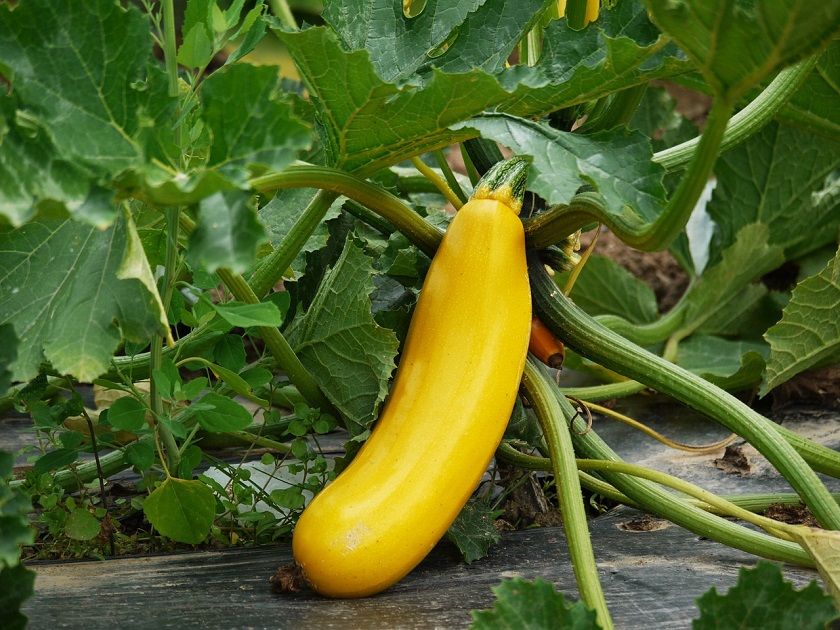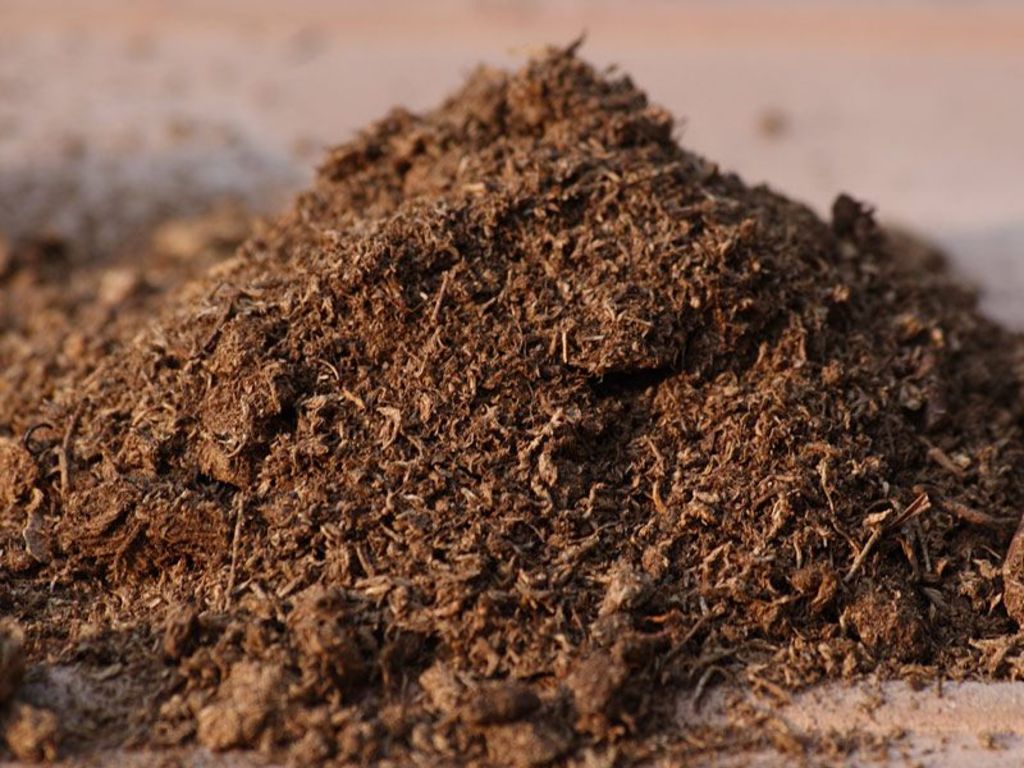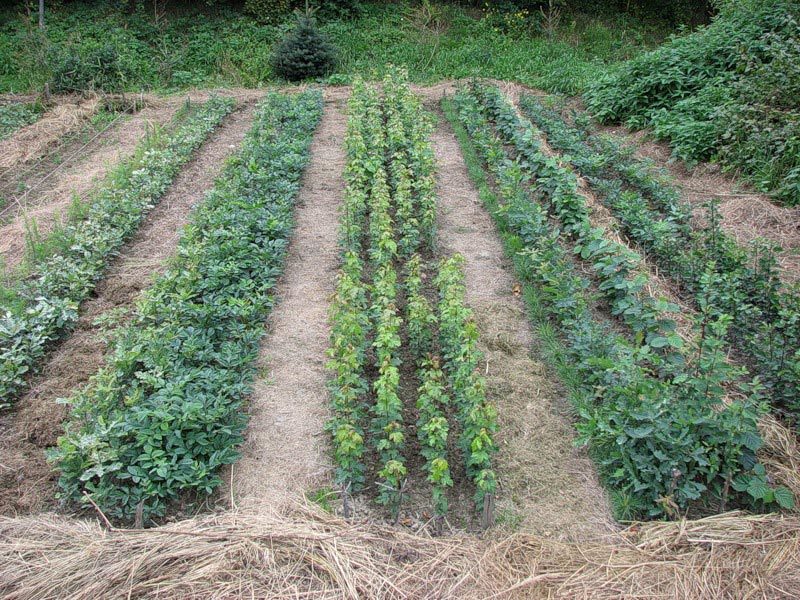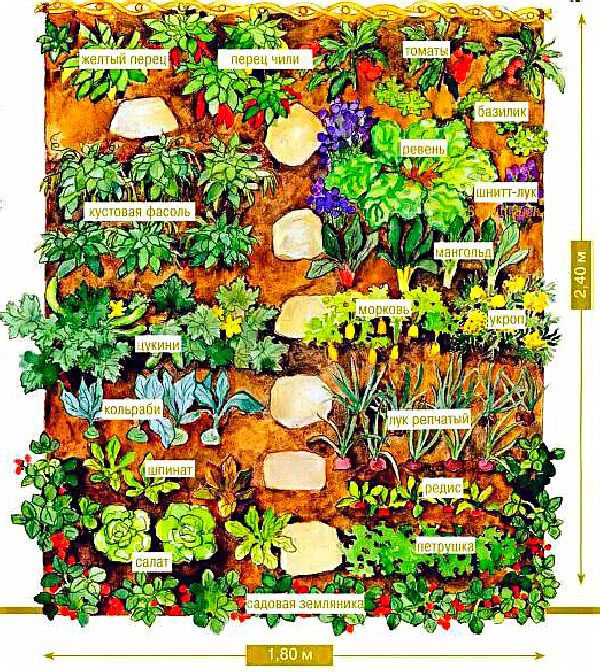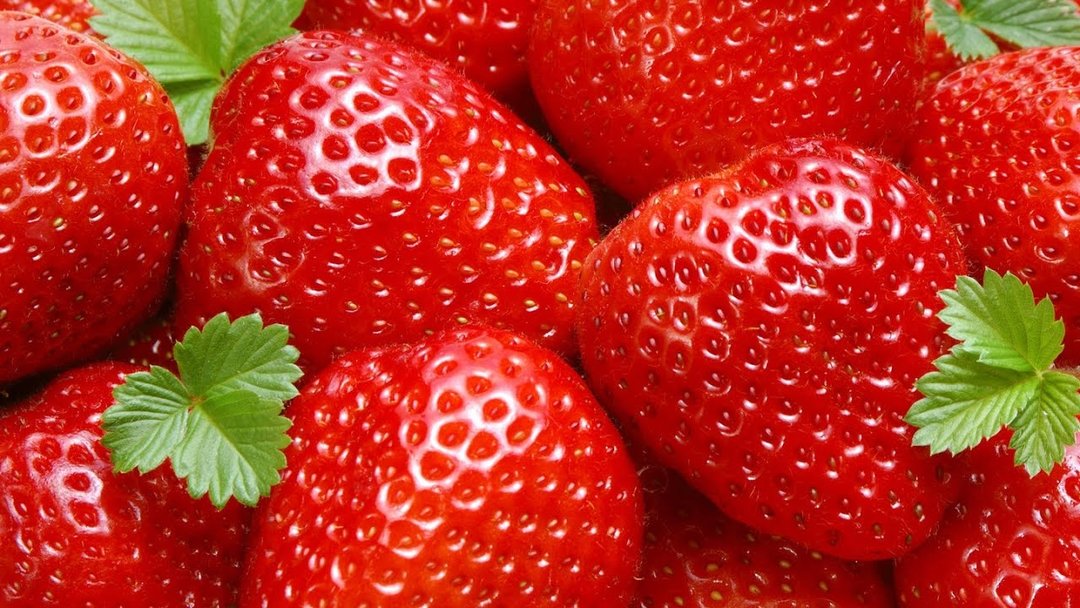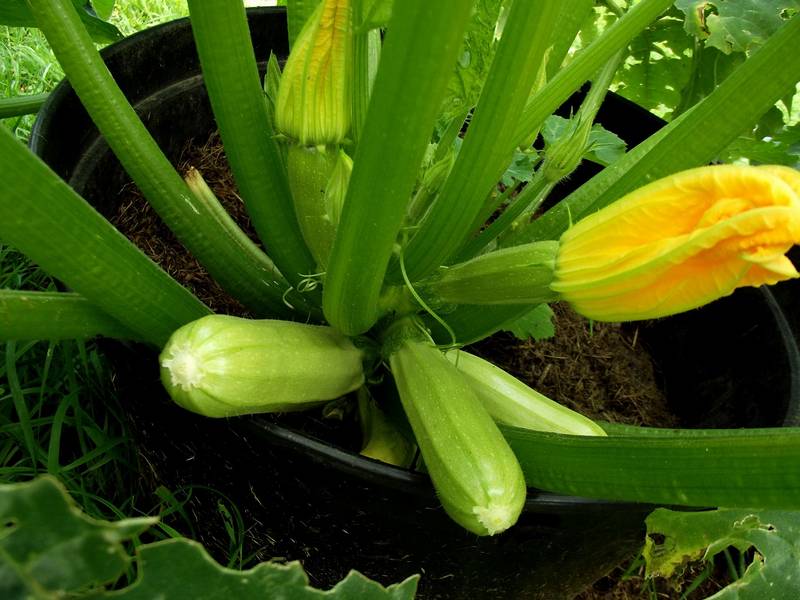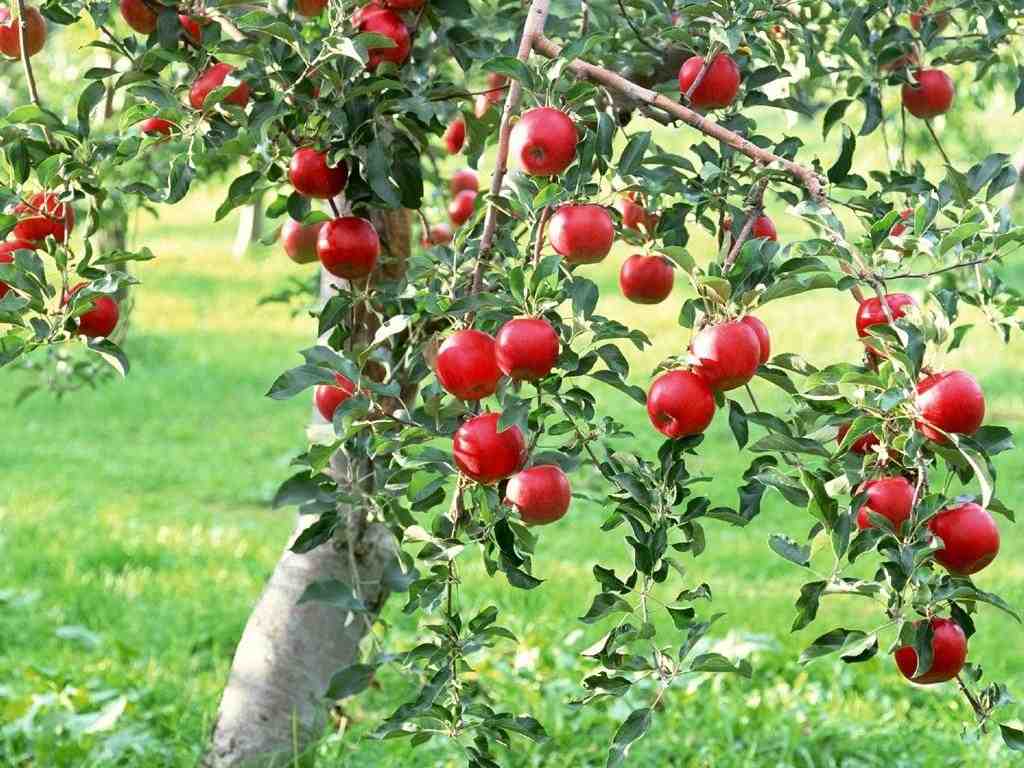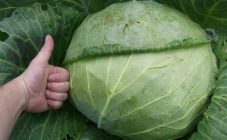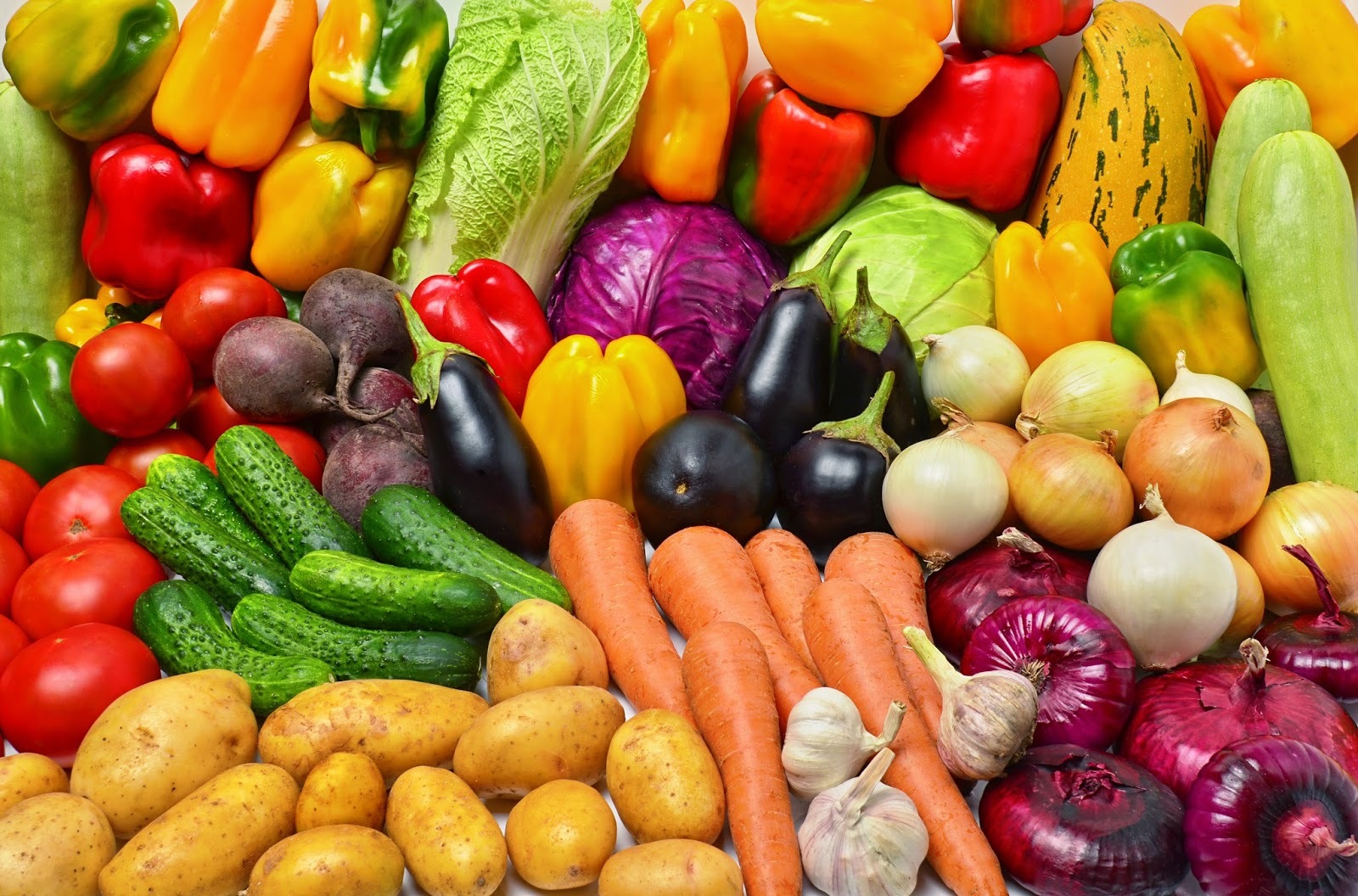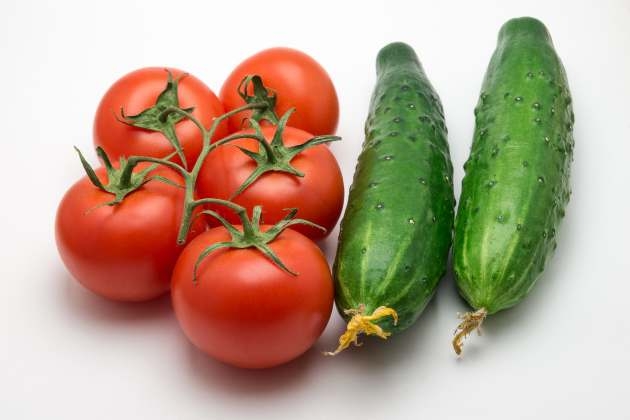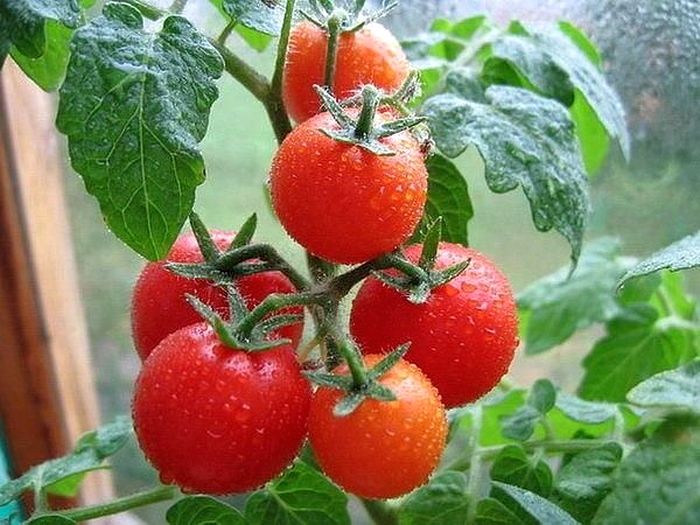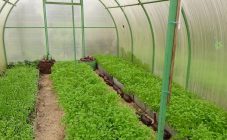Content:
For a long time everyone is familiar, healthy, but from this no less beloved vegetable, zucchini has taken a firm place in the diet. However, it is good not only for people who have long and skillfully cultivated it. He will not cause any harm to the plants, which after him will take place in the garden. This is due to the fact that after harvesting the vegetable marrow and cleaning the site after planting, the soil practically does not undergo any negative changes.
The only exceptions are vegetables of the pumpkin family, which cannot be planted after the vegetable marrow.
Pumpkin family vegetables, patrons of the kitchen
- Pumpkin.
- Watermelon.
- Melon.
- Squash.
- Zucchini.
- Cucumber.
Exotic plants of the Pumpkin family
- Benincasa.
- Gourd or Lagenaria, or Indian cucumber.
- Loofah.
- Melotria.
- Momordika.
- Sikana.
- Cyclanter.
- Chayote.
All of these intricate names refer to liana-like plants with edible fruits. They come from hot countries, but amateurs grow them in greenhouses and at home. You can also plant them outdoors.
The most acceptable, good conditions for growing zucchini
Despite the fact that the zucchini, planted in open or closed ground, gives little trouble, for which we are loved by summer residents. Still, you need to know the basics of growing it. First of all, this applies to the choice of a place for landing.
Seat selection
Since the culture is light-loving, a place for it must be chosen illuminated by the sun from all sides. The ideal location would be the southern or southwestern section, as the daylight hours will last longer, protected from drafts.
The plant will feel great near the fence or hedge, outside the greenhouse, but close to it, next to the utility block or shed. It is great if the wind protection is located on the north side. For this purpose, adapt any available material.
Soil composition
Black soil or light but fertilized loam is the best choice for a vegetable.
A compost heap will work, but it should not be fresh, as the excess nitrogen will only benefit the leaves - they will grow gigantic, which will not happen with fruits.
According to the rules, it is necessary to start preparing for planting zucchini in the fall. The site chosen for planting is cleared of the previous crop, harrowed with a rake, which will accelerate the germination of the weed seeds remaining there. After two weeks, the site is dug up and freed from weeds. Under the digging, a bucket of organic fertilizer (rotted manure or compost) per square meter and superphosphate with potassium are added.
After the work done, they return to tillage only in the spring, after the snow has melted. It is loosened and weed residues are removed.
In the second half of May, it will have to be dug again, but already to a shallow depth and fertilized with ammonium nitrate. The seat is ready for landing.
The device of the beds
The most comfortable bed should be at least one meter wide. In the open field, the zucchini will be more comfortable to be in the insulated garden bed. Compost is placed in the groove in the middle of it or directly into the holes to a depth of 30-40 cm, which is covered with earth. This procedure will accelerate growth.
Watering
Some gardeners, especially inexperienced ones, believe that watering zucchini does not require special knowledge, but this is not the case.
- The root system of the vegetable is quite powerful, penetrating up to 2 meters deep. This allows you to water less frequently.
- The water from the hose is too cold, the zucchini doesn't like it. It is optimal to water it with water from a barrel warmed up during daylight hours, its temperature should be at least 20 degrees, and in cool weather, when the water has not warmed up, a little hot water is added to the barrel.
Water them abundantly, until moisture penetrates half a meter. In the evening, when the sun does not burn the leaves. We must try to water at the root.
The plant will be useful if watering is combined with complex feeding. Every two weeks, the zucchini should be fertilized with a solution with organic matter, and so on throughout the growing season.
When the fruits ripen, they are effectively sprayed with nitrogen and potassium fertilizers on the leaves.
Mulching gives good results to retain moisture.
Compatibility
It is important which plants will surround the planting of zucchini. Nobody canceled the concept of compatibility.
Moreover, the right compatibility can increase crop yields and improve their taste.
- Using the method of mixed planting saves a limited area (the garden rarely takes up large areas these days. Few people have long beds for marrows on the site, and this is not required, since properly grown, it will give a huge harvest from 4-5 bushes).
- It does not deplete the soil, since if the crop rotation is disturbed, some elements may disappear completely, which is difficult to restore.
- The taste and nutritional value of the fruit improves.
Desirable neighbors of the marrow
- While the zucchini is growing and its foliage is gaining strength, dill, lettuce and parsley will grow around.
- Zucchini will be grateful to the beans and peas planted nearby. Firstly, the legumes curling along the trellis will protect it from the wind, and secondly, they will enrich the soil with nitrogen and scare off the Colorado potato beetle.
- Planting corn will provide the same protection from the winds.
- Turnips and onions, beets, radishes and radishes can grow in neighboring beds.
- Between the bushes of zucchini, the garlic planted last fall will grow beautifully, it will just have time to ripen until the zucchini has grown in full force.
- Zucchini marvelously side by side with everyone's favorite strawberries.
- There will be no harm from the eggplant neighbor.
- A wall of sunflowers will create coziness, warmth and will not harm the soil.
Neighbors unwanted
You will not get a wonderful fruitful garden if squash, pumpkin and zucchini are adjacent to it - they are all pumpkin, requiring approximately the same care.
However, there is another opinion about cross-pollination, and it is based on practice. Some argue that closely planted zucchini, pumpkin, watermelon and melons do not interfere with each other at all, that there is no mixing, but on the contrary, the listed crops require the same watering and care, which makes it easier for the gardener.
Hybrids are obtained only next year, if you use the seeds of your own fruits.
So, if you do not have the goal of growing zucchini and other pumpkin seeds for seeds, then one year they may well coexist in the garden, and the next year, this place must be given to completely different crops.
- Attention must be paid to the planting of climbing zucchini. Its long and powerful liana will wriggle over a large area, and all other small plants can simply be "strangled" by it.
- Zucchini is absolutely incompatible with tomatoes.
What to plant next year after the vegetable marrow, and what not to
What can be planted after zucchini:
- A tomato.
- All types of legumes.
- Root vegetables (radishes, beets, carrots, potatoes).
- Onions, garlic, horseradish.
- Bulgarian pepper.
- Any cabbage.
- Eggplant.
- Physalis.
- Spinach.
- Celery, dill - that is, all Umbrella.
What else can you plant after zucchini? These do not have to be fruit crops. Marigolds will grow very well and bloom until frost. It is useful to plant them in different parts of the garden. Their specific and rather pungent odor drives away pests. Will delight the eye and marigolds (calendula).
What can you plant after zucchini next year? The answer to this question is very simple: almost anything is possible.
When making plans for planting zucchini in place next year, you can come to the decision to break the alpine slide - such a turn will change the appearance of the site and add variety, and after a few years you can return the zucchini again - they like to grow in high places.
What to plant in the garden after zucchini - perhaps it will be a fruit tree. It is useful to change the garden plan from time to time.
What is desirable to plant in front of zucchini
- It is best if, in the previous year, cauliflower and white cabbage grew on the site selected for zucchini. After that, the soil remains nutritious and properly structured.
- The result will be good if you grow zucchini after onions, garlic, horseradish (they decontaminate the soil), beans, peas (enrich with nitrogen), root crops (beets, carrots, potatoes).
- Strawberries can be grown in the garden, after which it will be comfortable for zucchini.
- Tomatoes also enrich the soil well and loosen it, moreover, they do not choose all the nitrogen, without which the yield of zucchini is impossible, but after them the acidity rises, which must be taken into account.
An unpretentious and non-capricious culture - zucchini - requires certain knowledge and skills for growing. If you have doubts and you are not sure what is better to plant after zucchini or vice versa - in front of them, then you can use the old proven rule: one year to grow root crops, another year (in the same place) - the fruits of the aboveground part of plants.
A rich harvest will reward the worker if he draws up a competent crop rotation plan and follows the basic rules of planting and maintenance.
